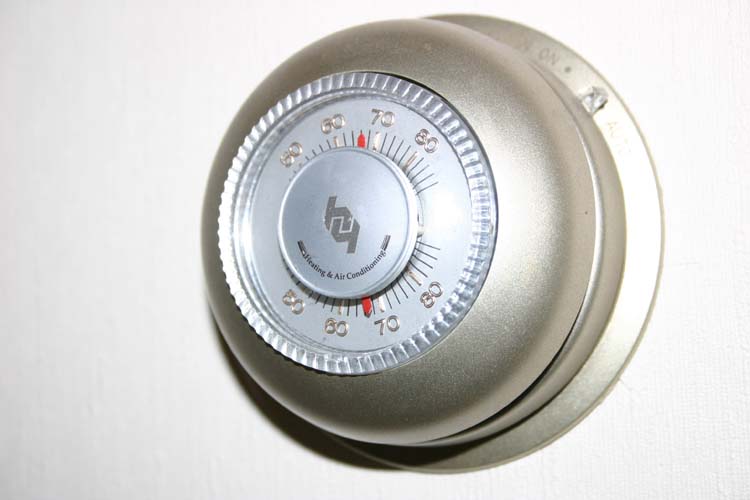
What Is Cladding?
Cladding is a method of fusing different metals into a strip. Thermostats are made with a cladded material of different coefficient of expansion. By cladding copper and steel together, the changing temperature makes the product bend to operate electrical contacts. The temperature range can be adjusted such as a thermostat.
Certain vessels require food to all be within stainless steel. When cooking in large high pressure vessels, it is necessary to have a high pressure, safe vessel to withstand substantial pressure with large safety factors therefore, the inside walls are made of stainless. The outer walls of a vessel are made of heavy carbon steel. Carbon steel can be heavy in thickness because it is easy to weld and assures a good bond for possible high pressures. The vessel is made from cladded plate.
Cladding can be copper to plastic, such as used in printed circuits. One purpose for cladded material is main bearings and connecting rod bearings for gasoline and diesel engines. Bearing material used to be Babbitt, which is a lead alloy. Babbitt was fused to the steel as an insert. Babbitt, being soft and with proper lubrication, made a good bearing however, lead is not good for the environment and better material is now used, including aluminum tin copper alloys. This soft alloy needs to be cladded to the steel. To fuse this material to steel, you need a cladding process developed by American Steel Products Company, Toledo, Ohio. Many types of bearings have been developed using rolling mills.






